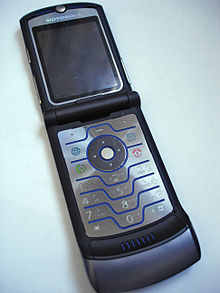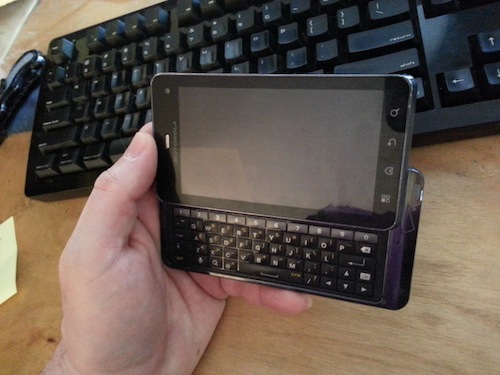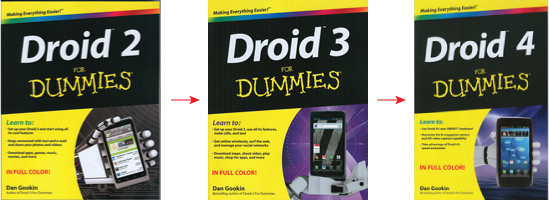A new era dawns. Mourn with me the flip phones, once ubiquitous and, nay, a sign of status. And while you’re at it, mourn with me phones with a physical keyboard. They be gone as well.
There’s a scene in Oliver Stone’s Wall Street (1987). In it, Gordon Gekko, played by Michael Douglas, is talking on a cell phone. It was a Motorola DynaTAC, or “brick” phone.

Figure 1. Yep. Back in 1987 this phone was something regular people couldn’t access, let alone afford.
Today that image is campy, but back then no one saw it as such. That’s because:
1. The DynaTAC was expensive.
2. Cell service was expensive (say $3/minute)
3. Cell service wasn’t available all over.
When the 1987 film audience saw Gordon Gekko on his cell phone, they saw a man of power and prestige.
Today, of course, we smile in amusement.
The same thing may soon hold true for people who use the ubiquitous flip phone.
A flip phone is commonly known as a dumb phone. That’s because the other cell phone models, those that have touchscreens and run the Android operating system (or that fruit company’s operating system), are smartphones.
Smartphone. Dumb phone.
From what I gather, Motorola recently stopped manufacturing flip phones.
Again with Motorola!
Yes, the developers of the DynaTAC also came out with the most popular flip phone ever, the Motorola Razr, back in 2004. They also developed the first flip phone model, the StarTAC back in 1996. Now, those models — still popular with those who shun the smartphone revolution — are no longer being made by Motorola.

Figure 2. The Motorola RAZR phone, 2004.
So the flip phone may not be dead, but who am I kidding? With the introduction of low-end smartphones, it definitely on life support.
That brings me to the once super-popular keyboard phones, such as the Droid 4.
The Droid 4 followed the Droid 3, which followed the Droid 2, which was based on the original Droid. These phones all came with physical keyboards, called a device keyboard in the Android documentation.

Figure 3. My original Droid phone, which I hang onto for some reason.
Here’s what’s weird: The Droid 2 came out almost a year after the original Droid. I think the Droid 3 came out even faster. And the Droid 4 was a year after that. I wrote books on all of them, although the original Droid book wasn’t published because the Droid 2 came out so quickly.

Figure 4. My line of Droid books.
These books (Figure 4) sold very well! Apparently a demand exists for Android phones with a physical keyboard. Yet the Droid 4 came out over two years ago. That means every Droid 4 out there is out of a 2-year contract.
So where is the Droid 5? Are physical keyboards dead on smartphones? That would be my guess. And it’s kinda sad, like the passing of the flip phone. And nostalgic, like the clunky brick phone, the Motorola DynaTAC.

